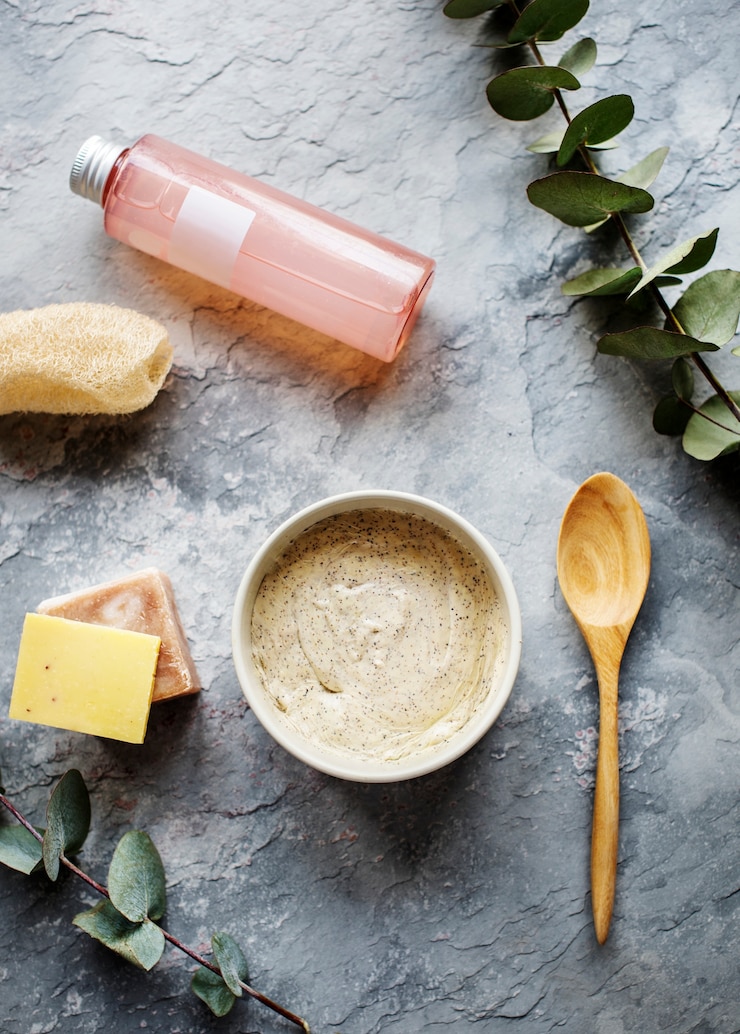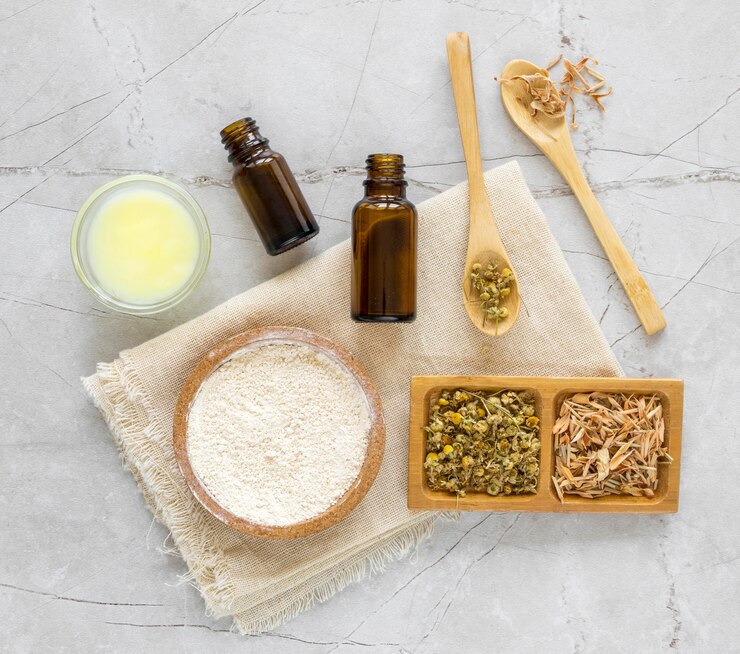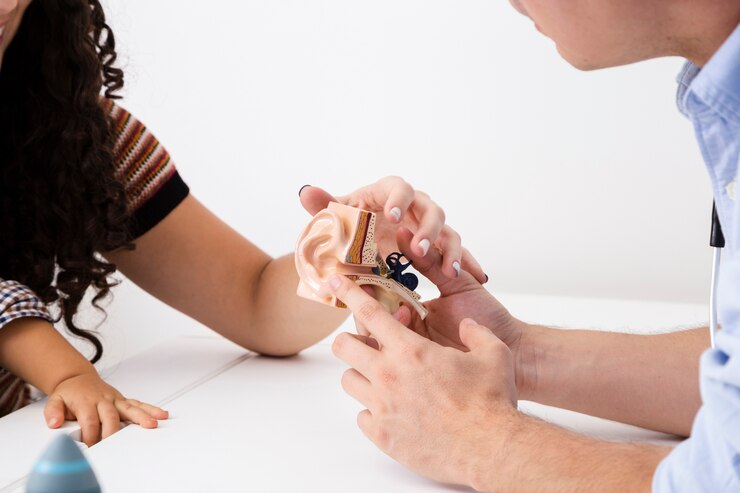
Dry shampoo can be a real time-saver. Besides helping you extend the time between hair washes, it also adds volume and texture to your hair. In the past, I’ve mentioned that I wash my hair only every 5-6 days, sometimes even longer. I know that might sound unusual, but this routine has really improved the health of my hair!
If you’re interested in stretching the time between washes too, consider joining my free Natural Hair Care Challenge, where I’ll guide you through a hair detox.
Now, let’s take a moment to discuss dry shampoo. Despite its benefits, the versions available at drugstores might not be the best choice for your hair, and here’s why:
### Issues with Conventional Dry Shampoos
Unfortunately, I can’t endorse the conventional dry shampoos on the market today. For instance, Johnson & Johnson’s Baby Powder, once a popular go-to before dry shampoo gained popularity, has been linked to health issues. Notably, a woman attributed her cancer to the baby powder, resulting in a $25.7 million award by a Los Angeles jury. J&J has announced that it will remove talc from its baby powder next year, but it’s troubling that the harmful presence of asbestos in their talc has been known since the 1950s. It took nearly 75 years for this decision.
Relying on big corporations or regulators to keep us safe from harmful ingredients is questionable, so it’s crucial to be an informed consumer. Here are some concerns with traditional dry shampoos:
#### Harmful Ingredients in Conventional Dry Shampoo
The ingredients list of many conventional dry shampoos raises health concerns. Here’s an example list: Butane, Isobutane, Propane, Rice Starch, Alcohol Denat., Fragrance, Limonene, Linalool, Geraniol, Benzyl Benzoate, Distearyldimonium Chloride, and Cetrimonium Chloride.
– **Butane, Isobutane, and Propane (LPG)**: These gases, used as propellants in aerosols, contribute to air pollution and ozone layer depletion. They can also cause difficulty in breathing and symptoms like headaches and nausea. Recently, Unilever recalled 1.5 million dry shampoos due to benzene contamination from these chemicals.
– **Alcohol Denat**: This ingredient dries moisture and oil from the scalp, potentially leading to dandruff and irritation.
– **Synthetic Fragrance**: Often containing many untested ingredients, synthetic fragrances can disrupt hormones.
– **Benzyl Benzoate**: Although used as a solvent and fragrance, this chemical may be associated with immune system toxicity and endocrine disruption.
– **Cetrimonium Chloride**: Used to reduce static, this ingredient is a known skin irritant.
### Safer Natural Dry Shampoo Alternatives
Thankfully, many natural dry shampoos are available today. In fact, our Dry Shampoo for Light and Dark Hair is made with non-toxic, biodegradable, and organic ingredients. Unlike conventional options, ours uses essential oils to freshen hair naturally between washes.
If you’re curious about dry shampoo or have questions, feel free to share them below. I’d love to assist you!
—
#### Comments and Queries
– **Alice**: Unfortunately, I wouldn’t recommend any product containing talc due to its links to health issues. For safer options, watch out for those with ingredients like cornflour and natural oils.
– **Question on Production Duration**: Our dry shampoo bottle is made of cardboard with a plastic dispenser, and its lifespan varies depending on usage frequency, lasting around 2-4 months with regular use.
– **Joy’s Feedback**: Keep an eye out for our video on how to use dry shampoo. We aim to offer clean, environmentally-friendly alternatives to harmful products.
– **Feedback on Ingredients**: While it’s important not to overstate risks, being vigilant about what goes into our products is crucial for informed choices.


